| For the overwhelming history of museum collections globally (which dates to the 1670s), collections could only be seen and experienced firsthand- by going to the museum, gaining access to the collection, and seeing the item in person. With the creation and increased usage of computers, scanners, and, more recently 3d printers, that is changing quickly. Many museums have begun digitizing their expansive collections for several reasons, including improving record keeping, preservation of the items, and increasing access of the collection to researchers and the general public. |
| At the Clarke Museum, we’ve been chipping away at digitizing our collections, starting with our photo collection. The process involves scanning images into high resolution TIF files, with the intention that once the photo is scanned, it will never have to be scanned again, which helps to preserve the original image. Instead, the photos can be converted into other formats if necessary, printed, or sent to researchers. |
| We are also working on photographing items in our collections and updating the images to our database, making it quicker and easier to find items in the archives. It’s a long process and, due to staffing restraints, one that is seriously aided by volunteers and interns. To date, we have been able to digitize over 1000 images, but there are thousands more to go in the photo collection, and tens of thousands for other items located around the museum. |
| While it can be an incredibly tedious process, it’s one that yields some incredible finds and greatly improves our navigation of the museum collections. This process has already opened up our collections to the public unlike ever before, by providing ways to share the collections visually through this blog and through the usage of collection images on our website, advertising materials, and more. We’re looking forward to sharing our collections more as we continue digitizing! Thank you to our volunteers and interns this year who helped us kick off our digitizing journey, including:
|


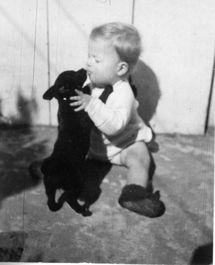
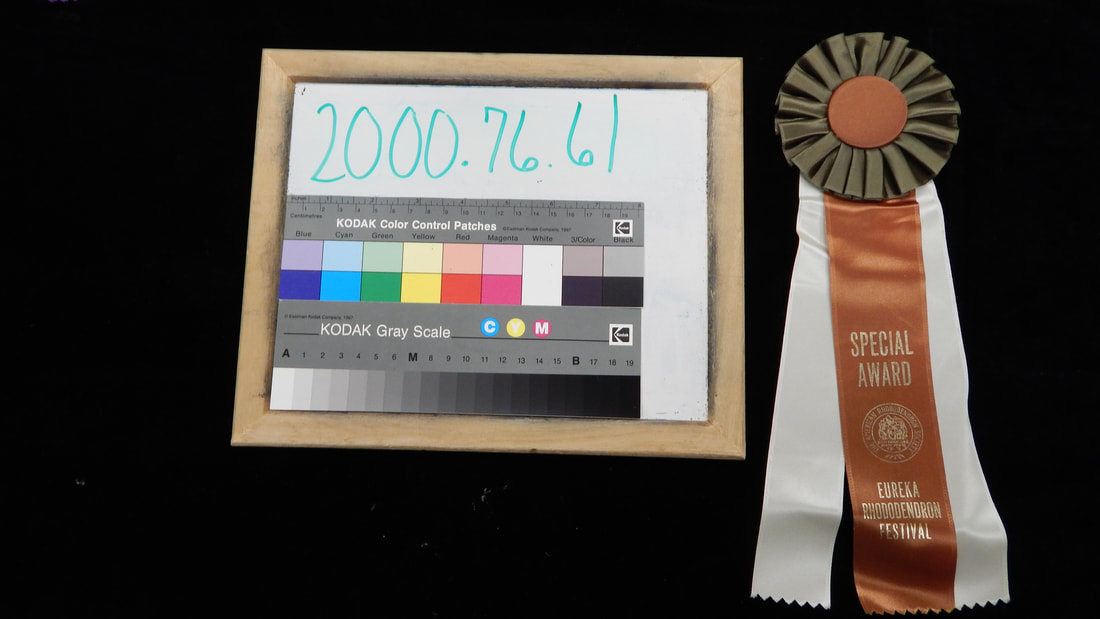
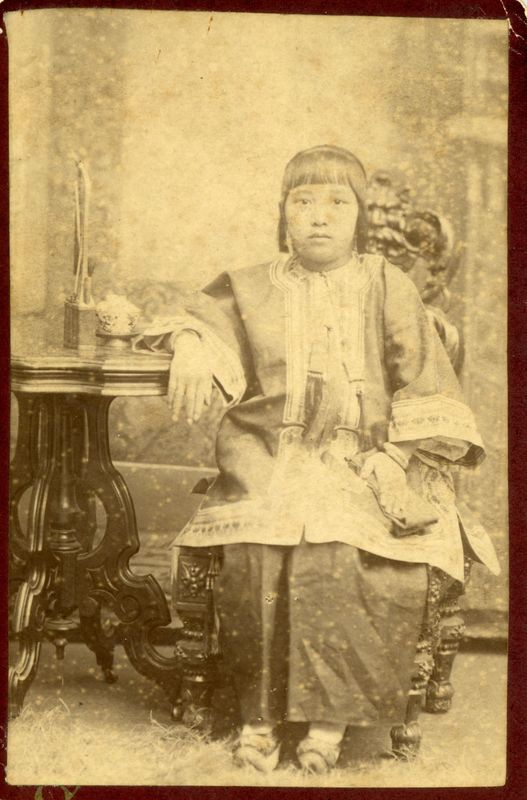
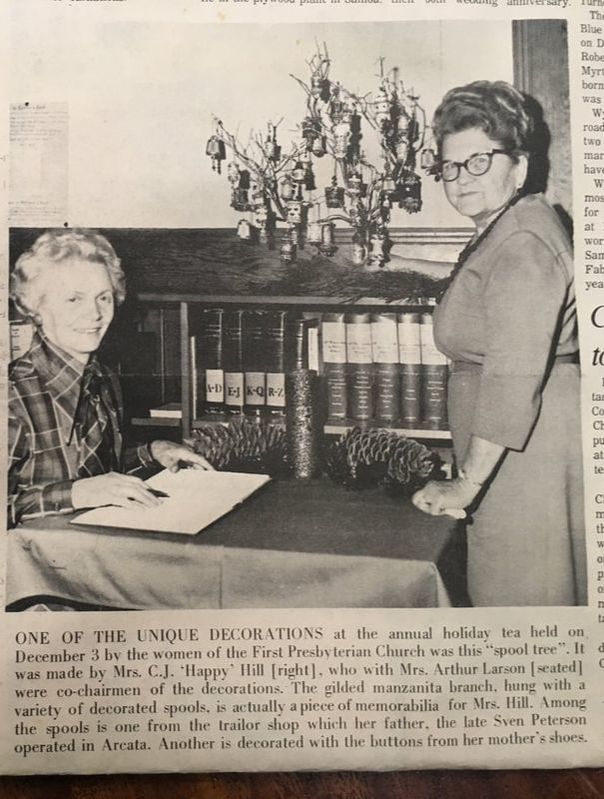
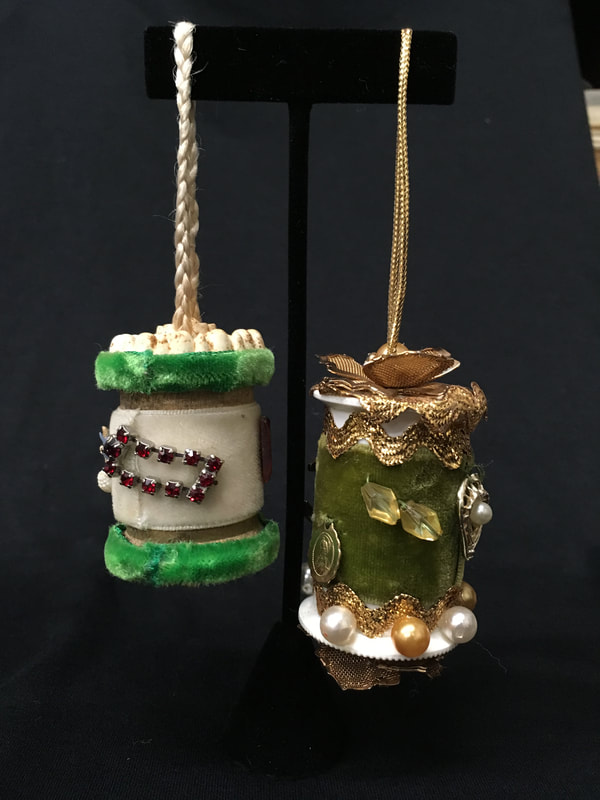
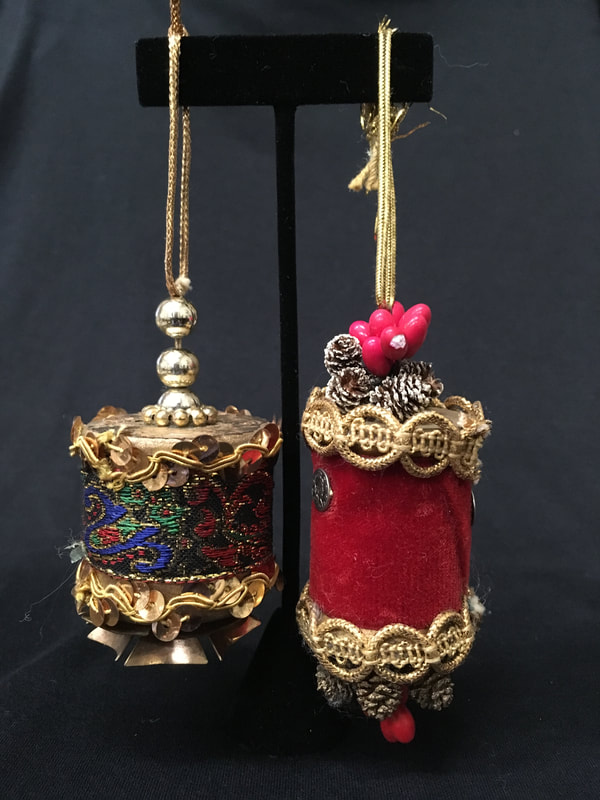
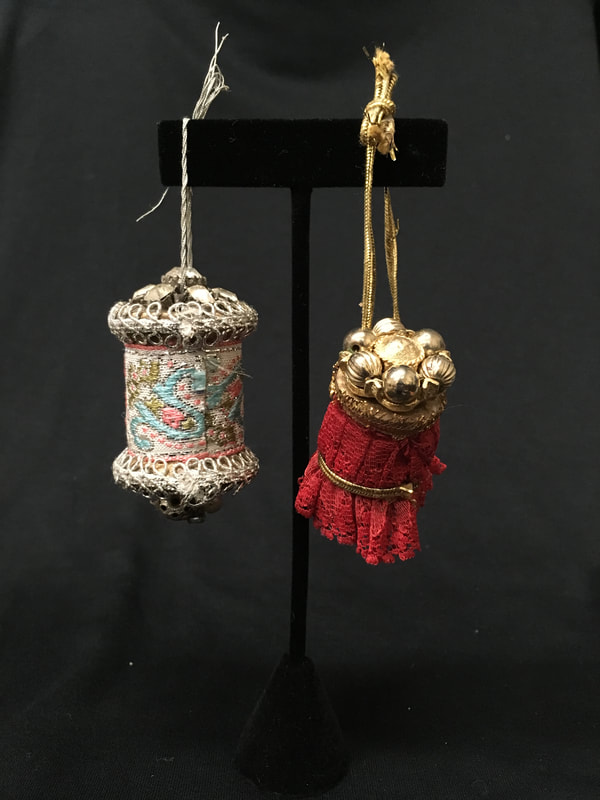
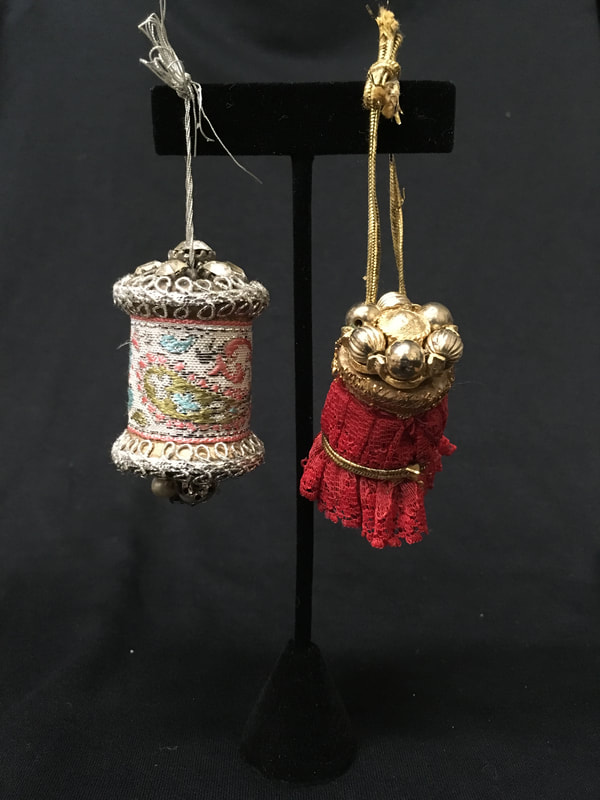
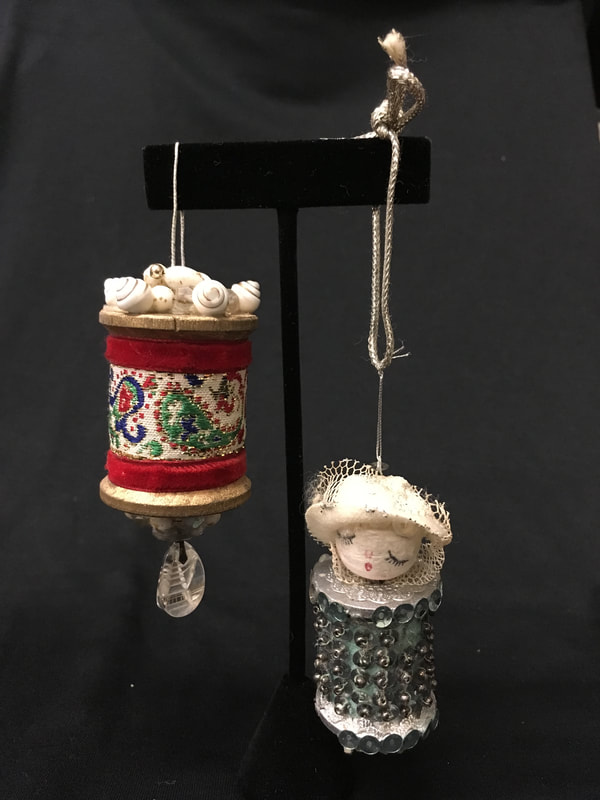
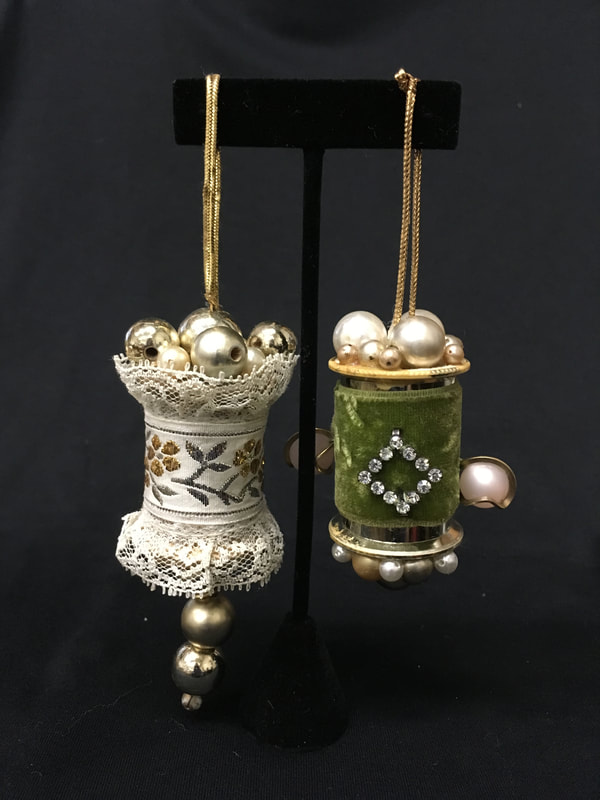
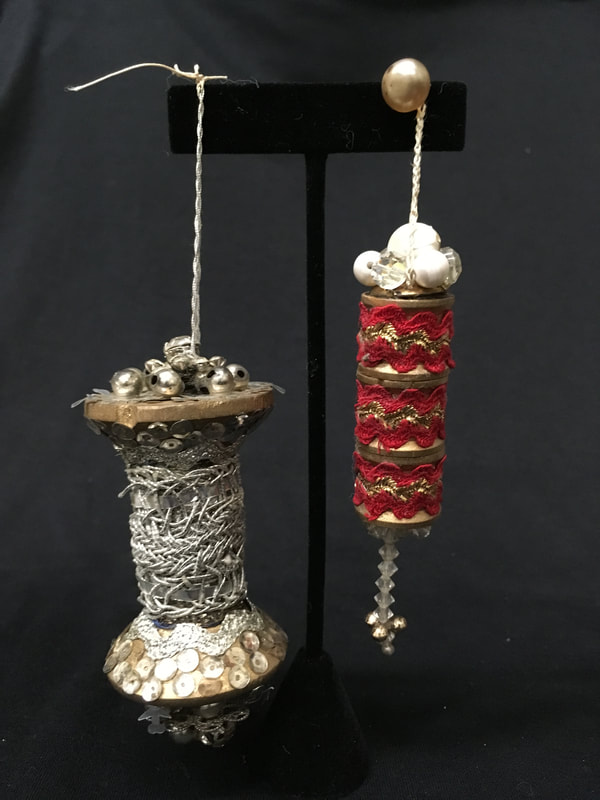
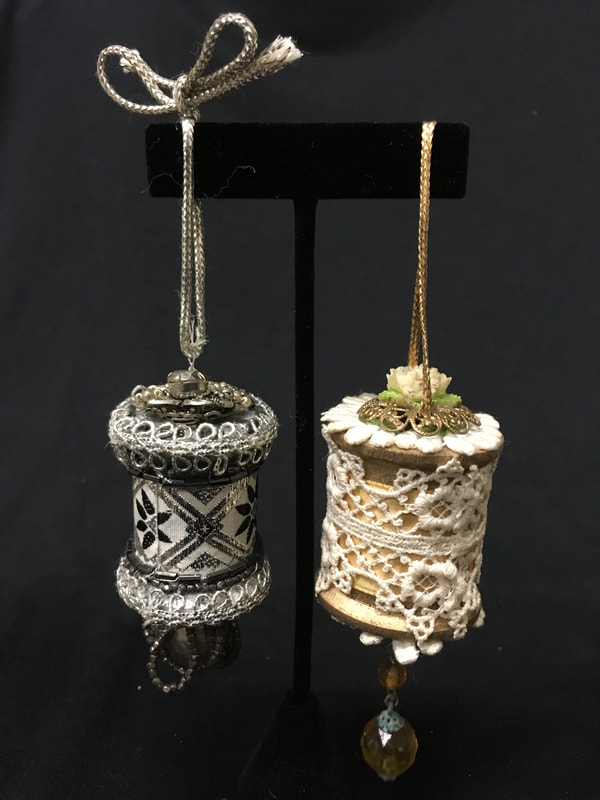
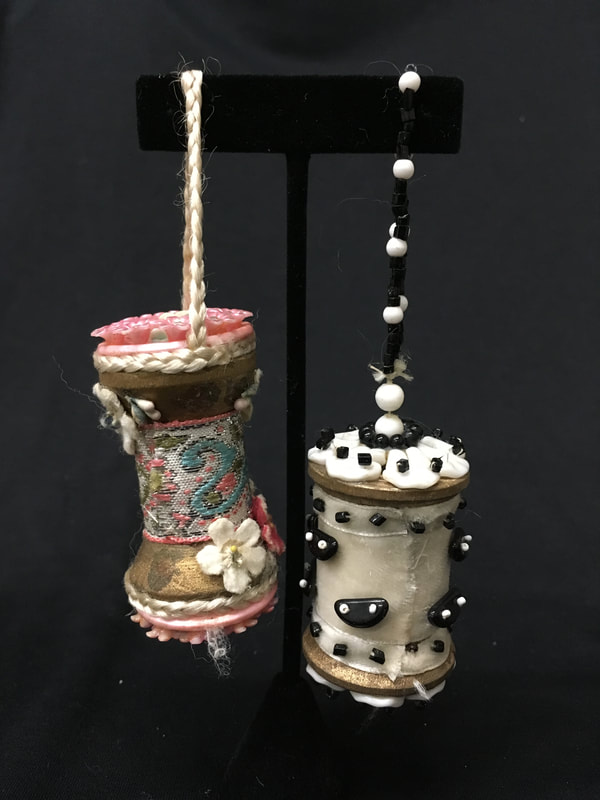
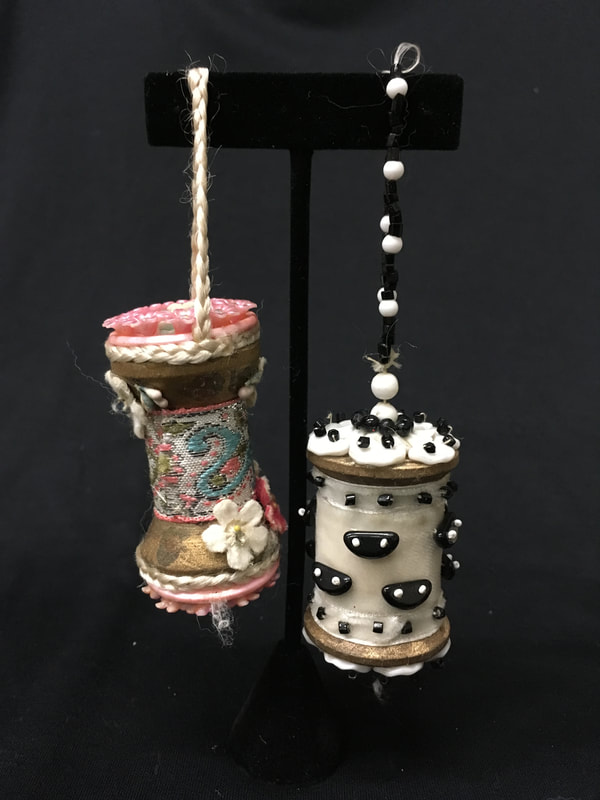
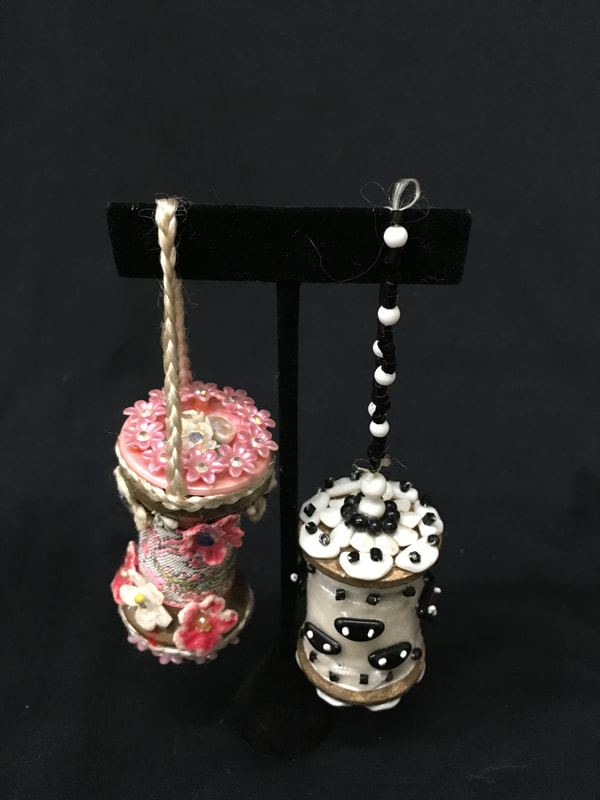
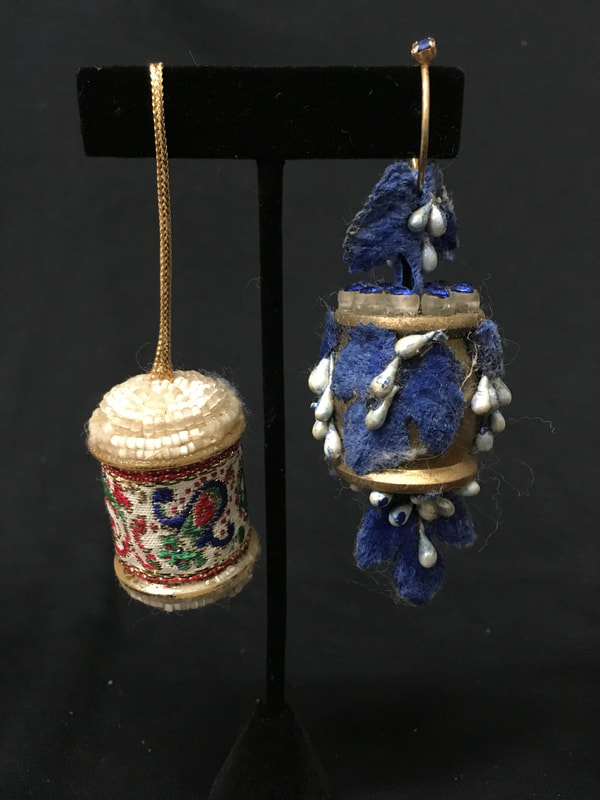
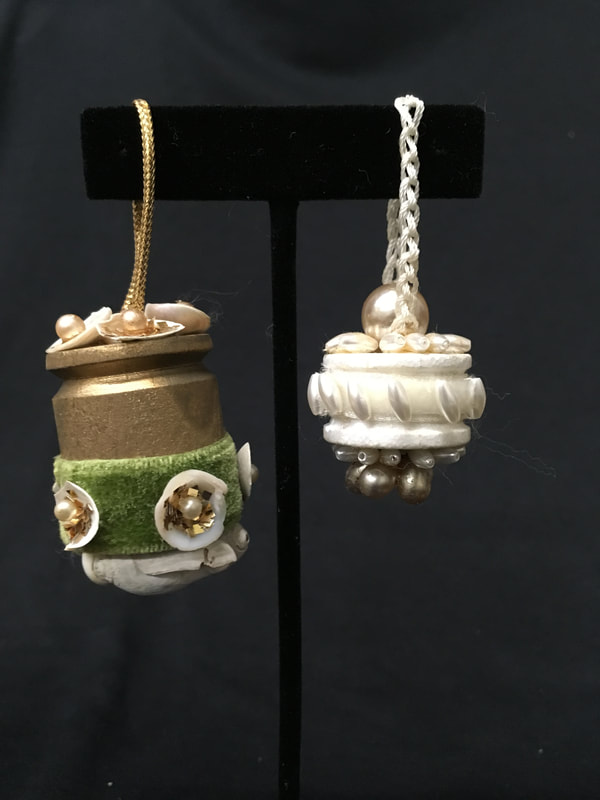
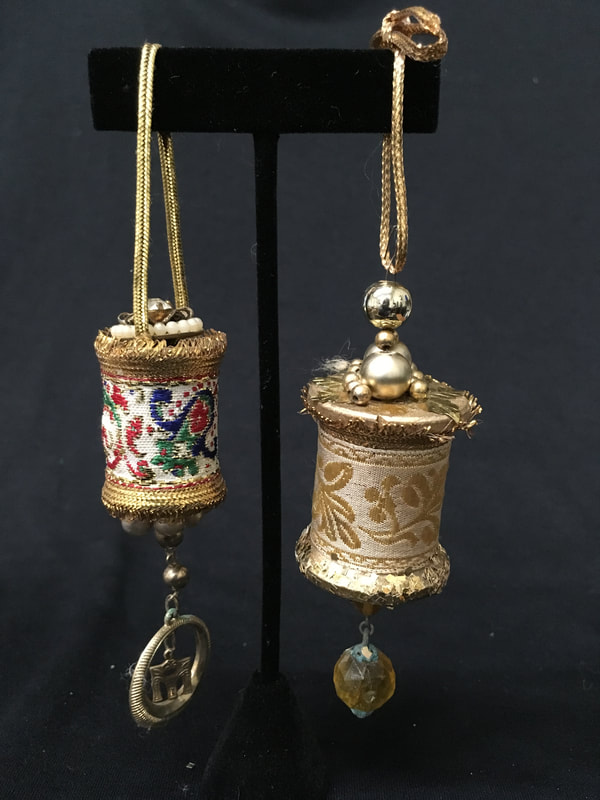
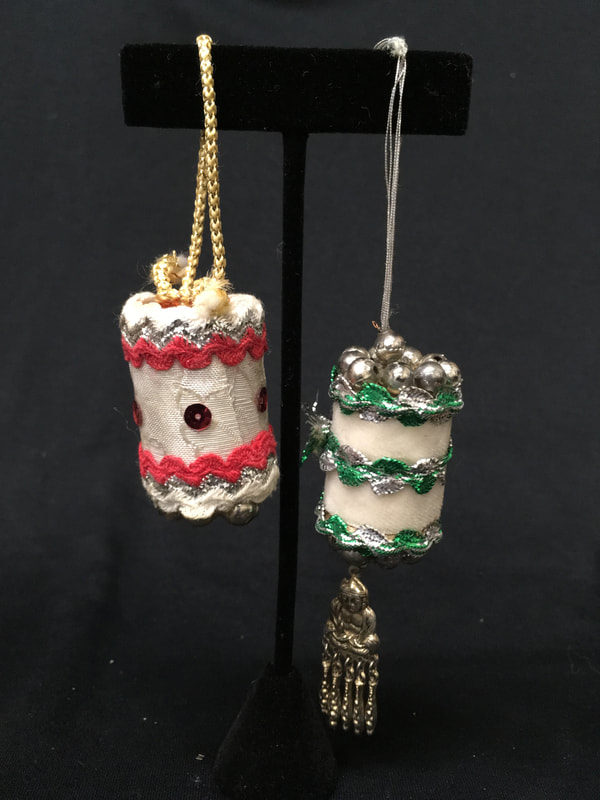
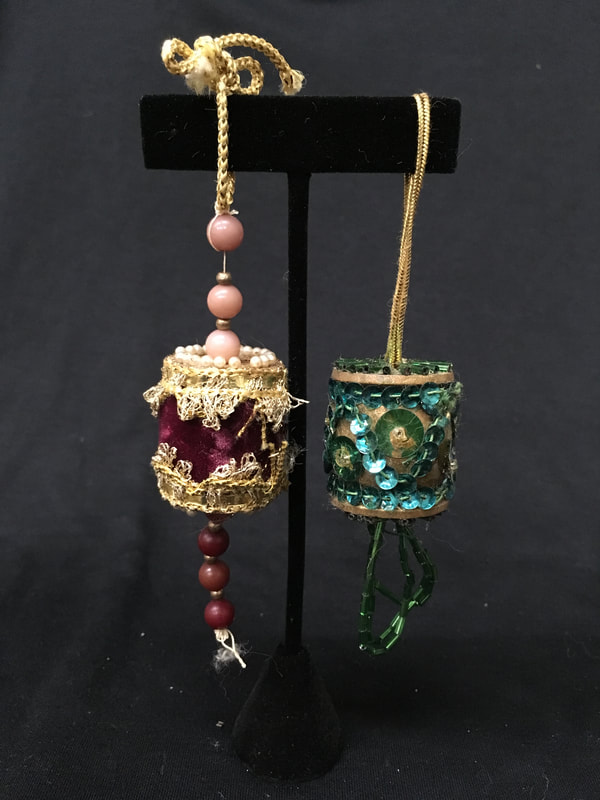
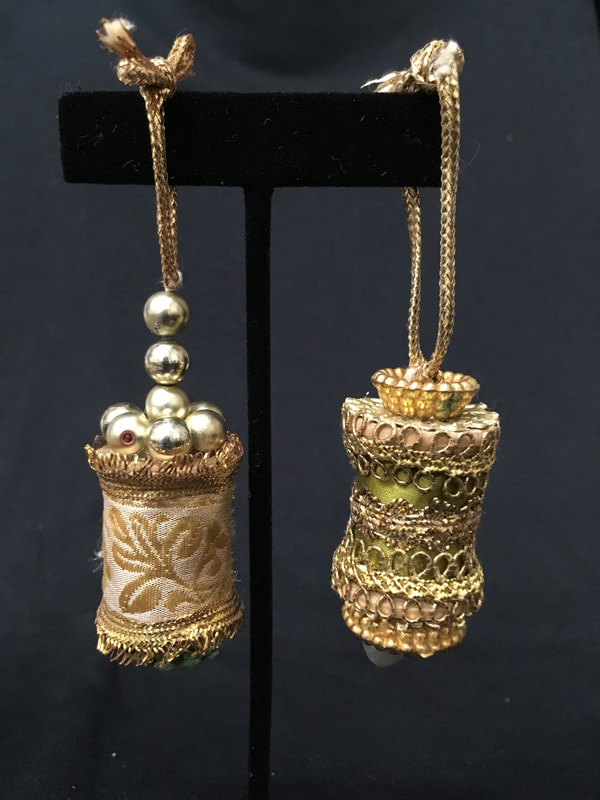
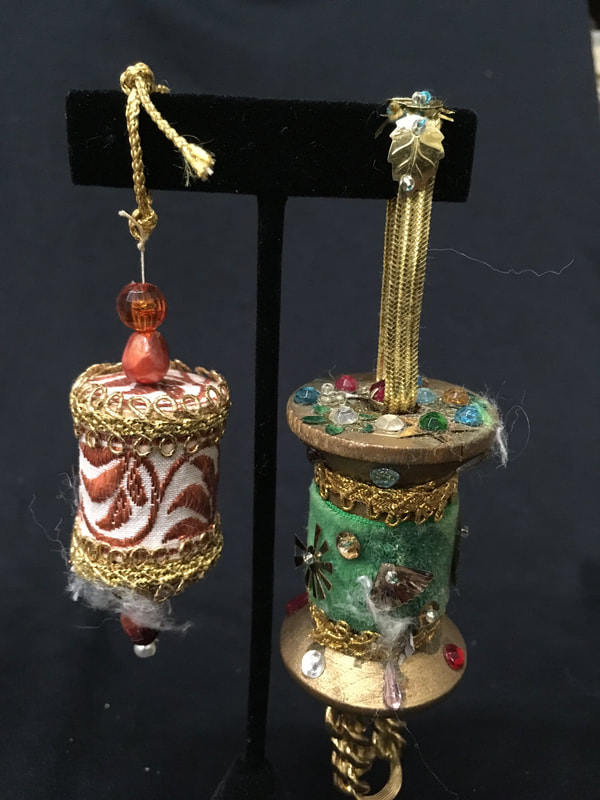
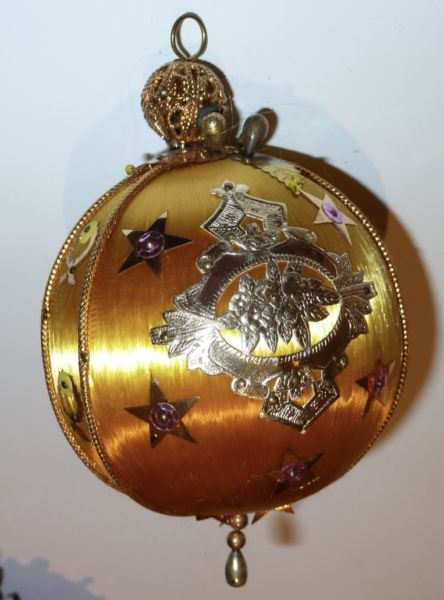
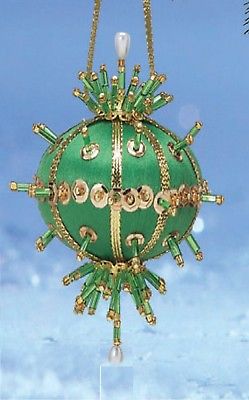
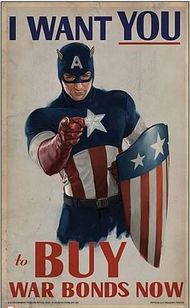

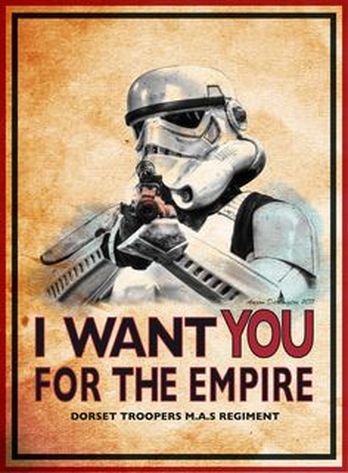
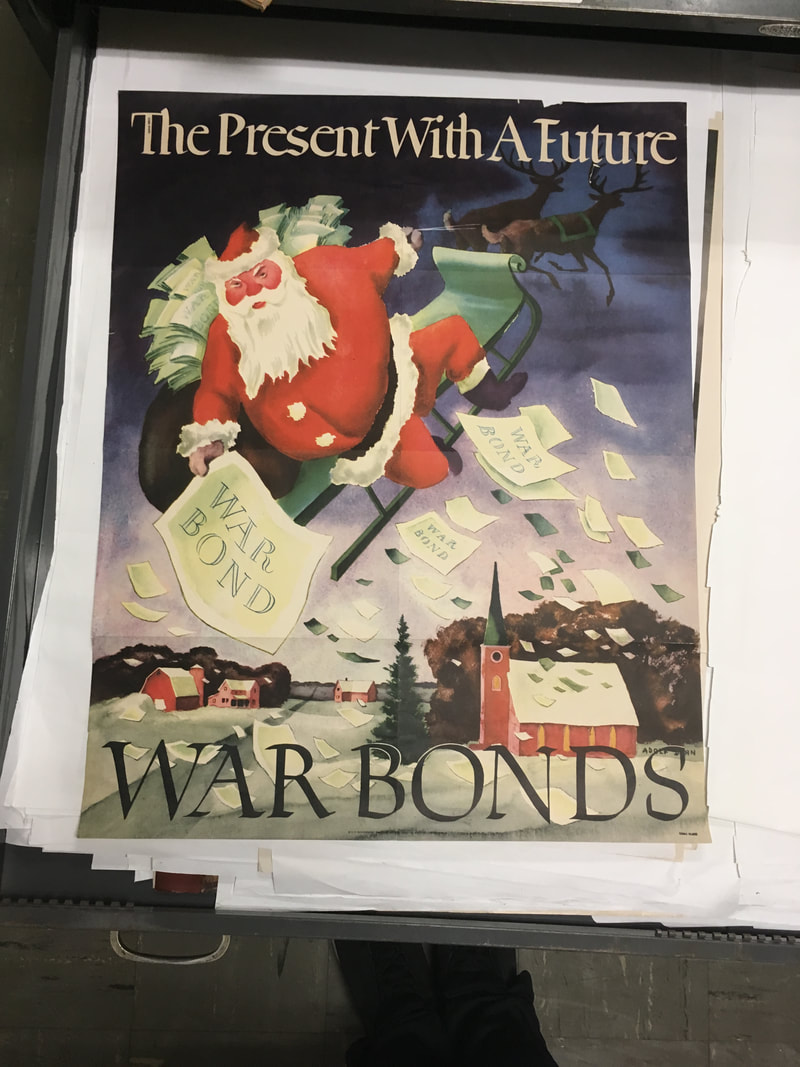
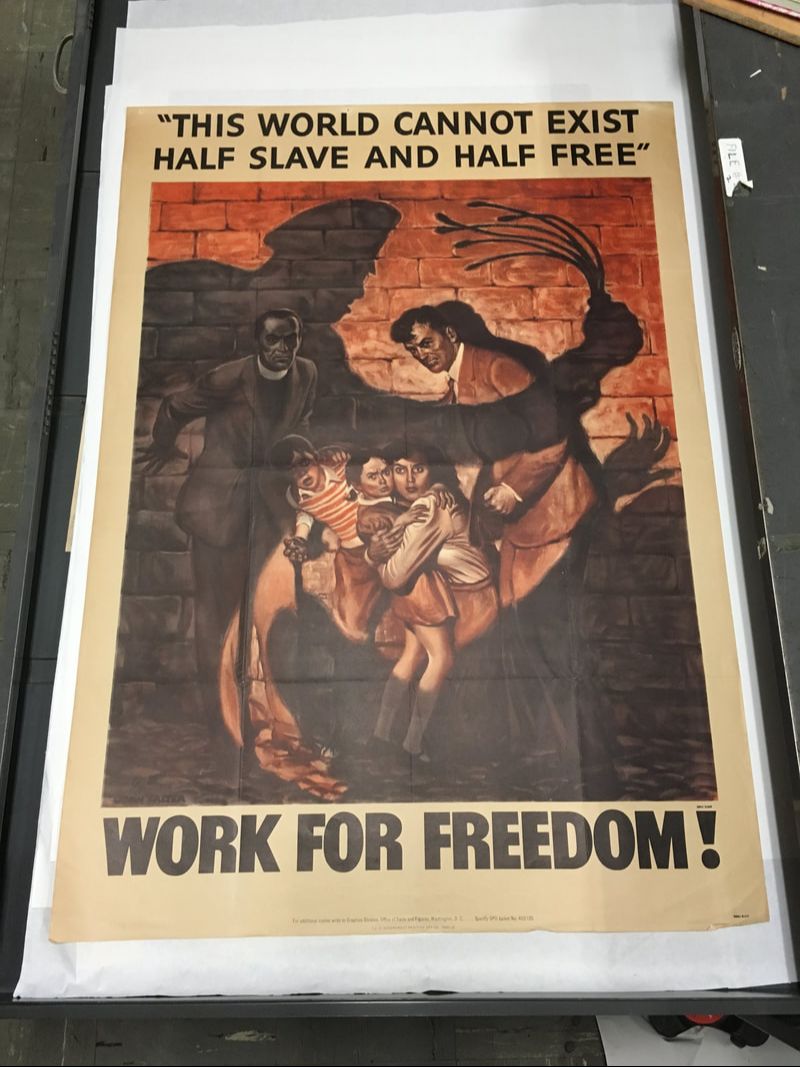
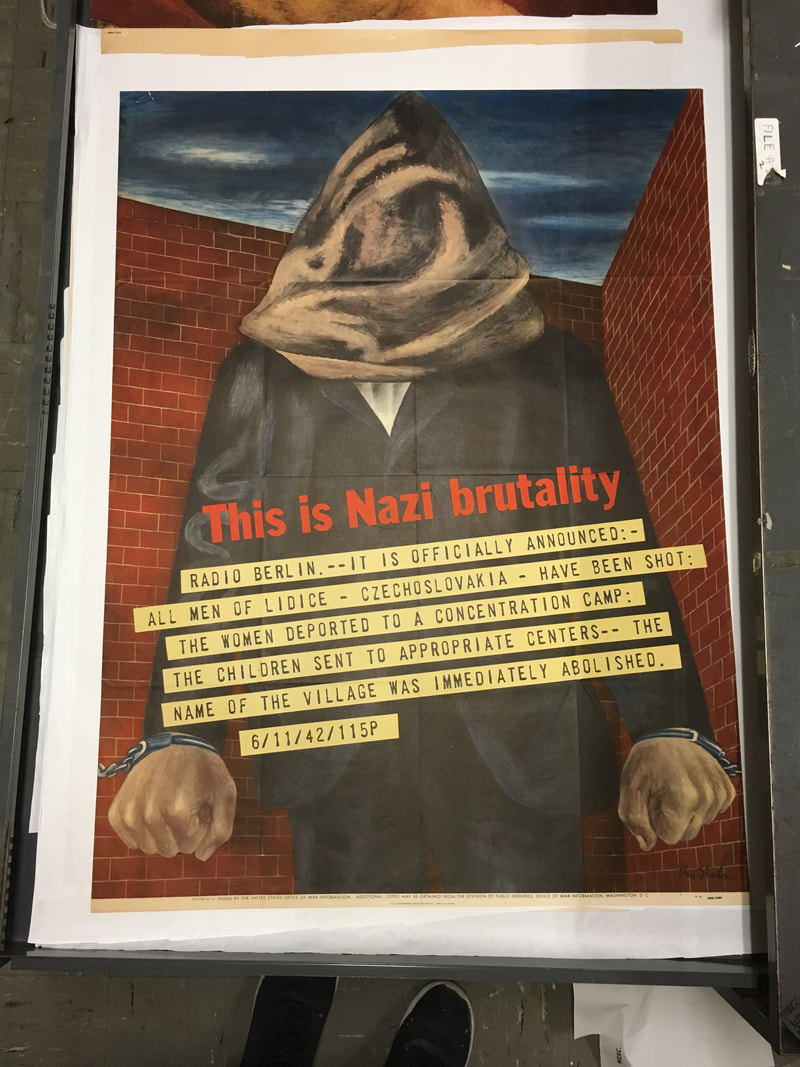
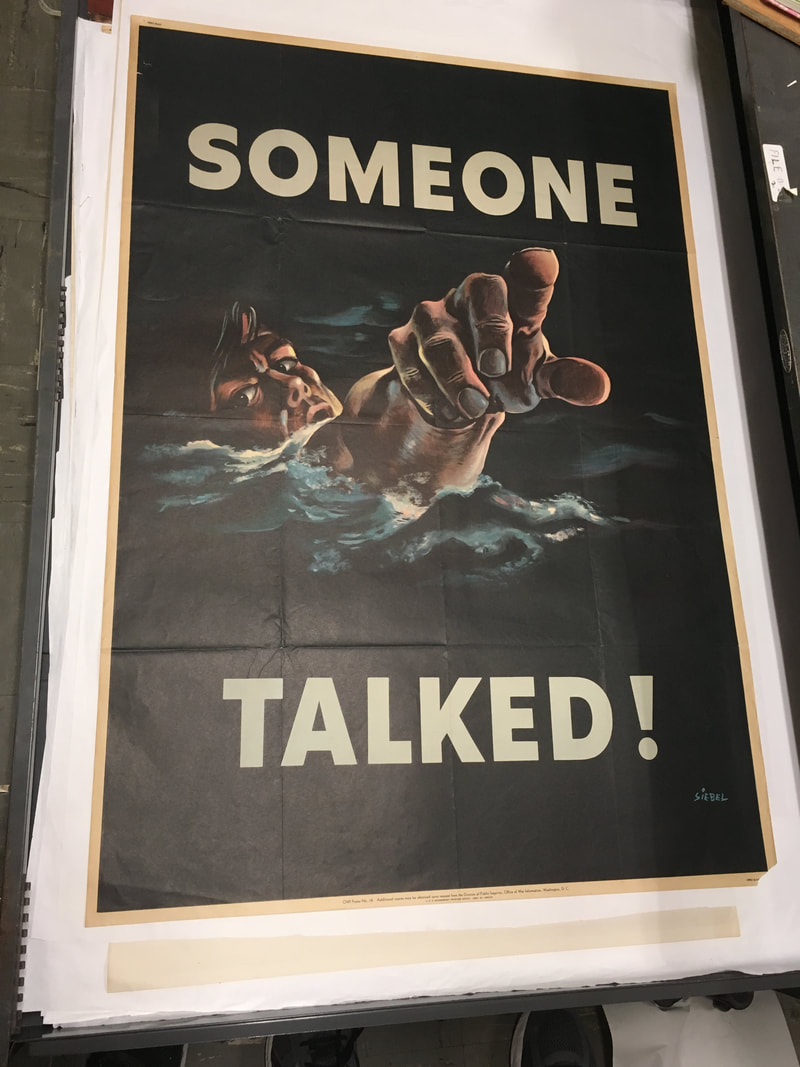
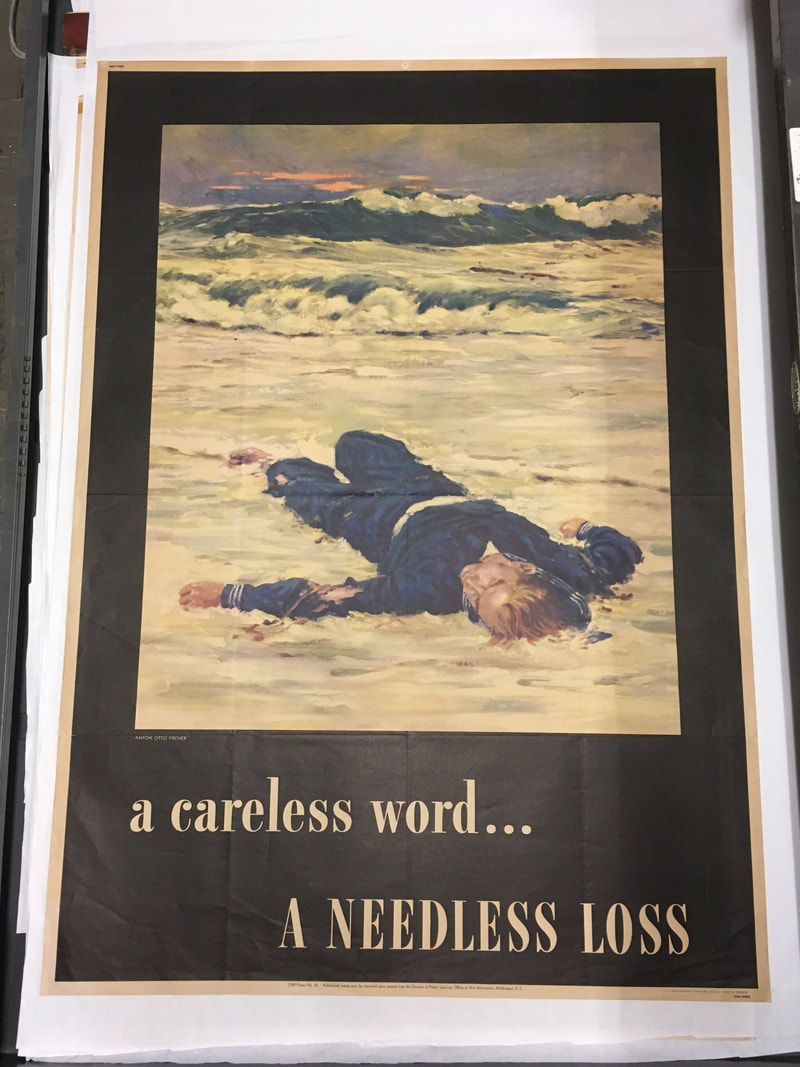
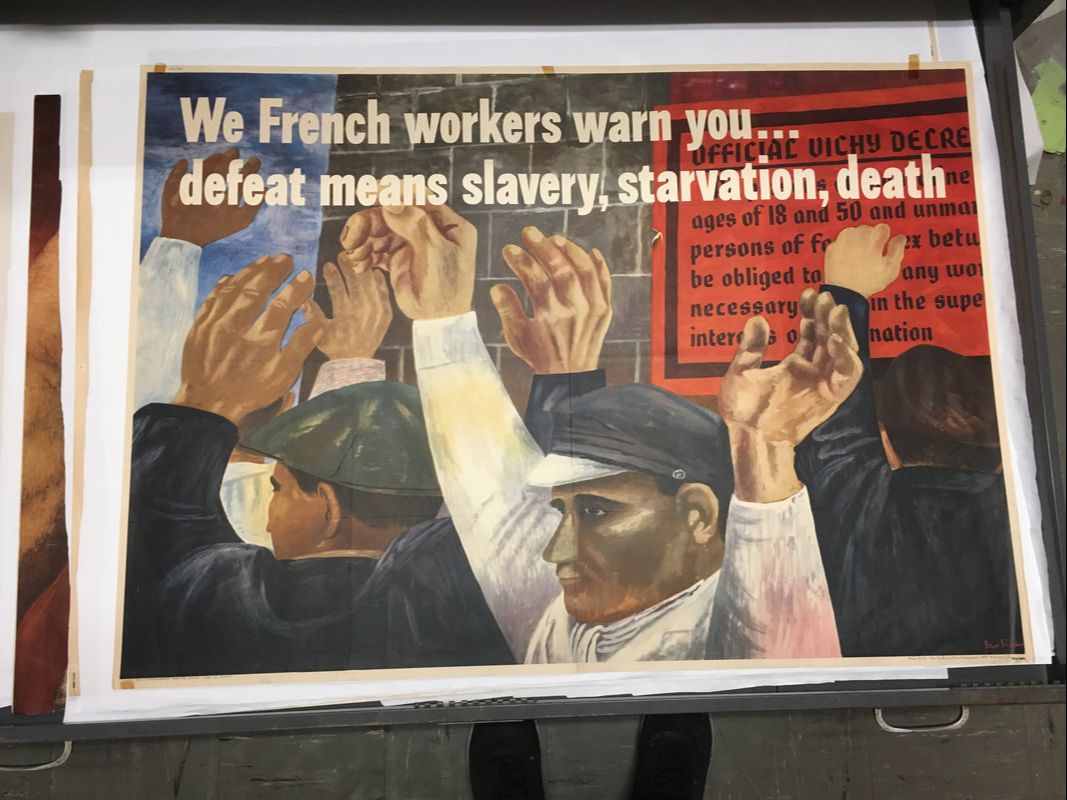
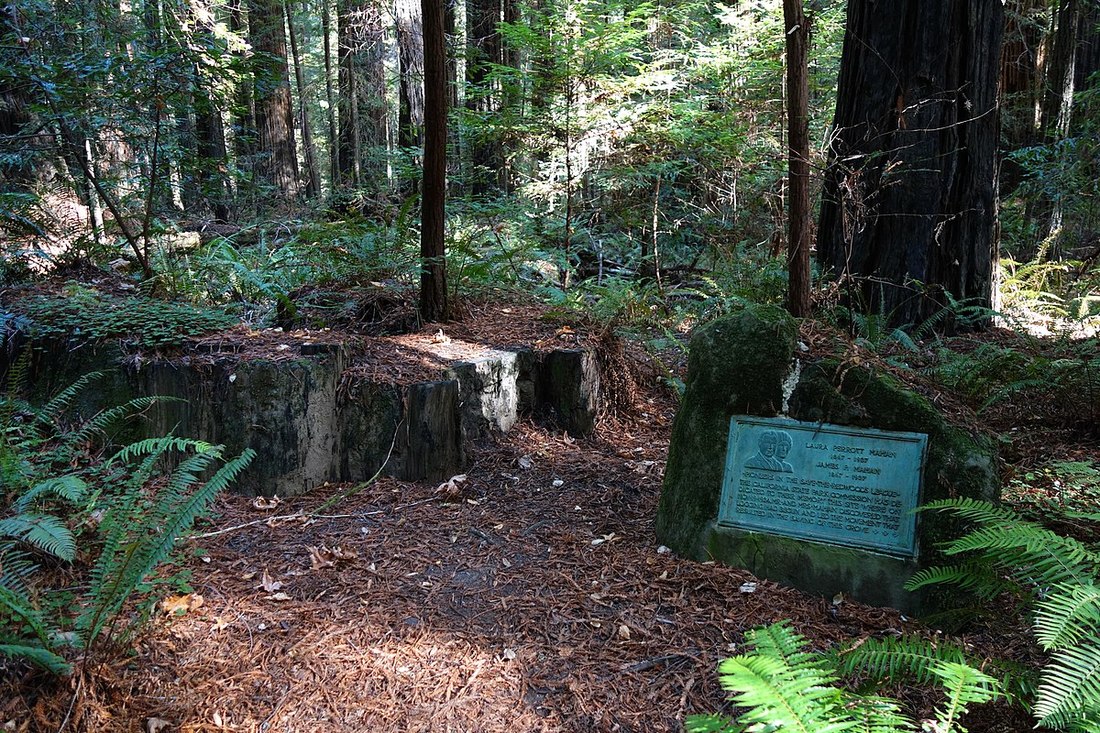
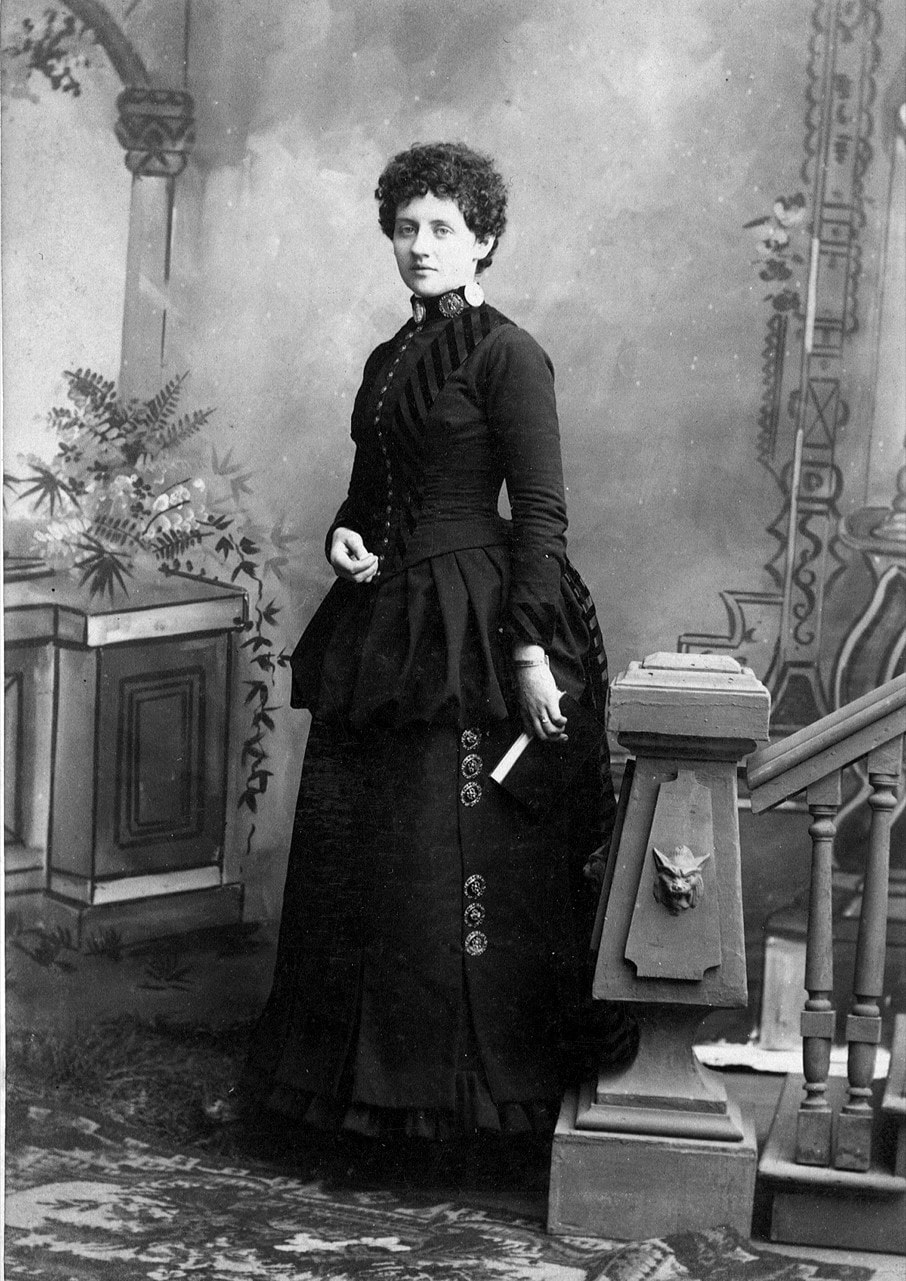
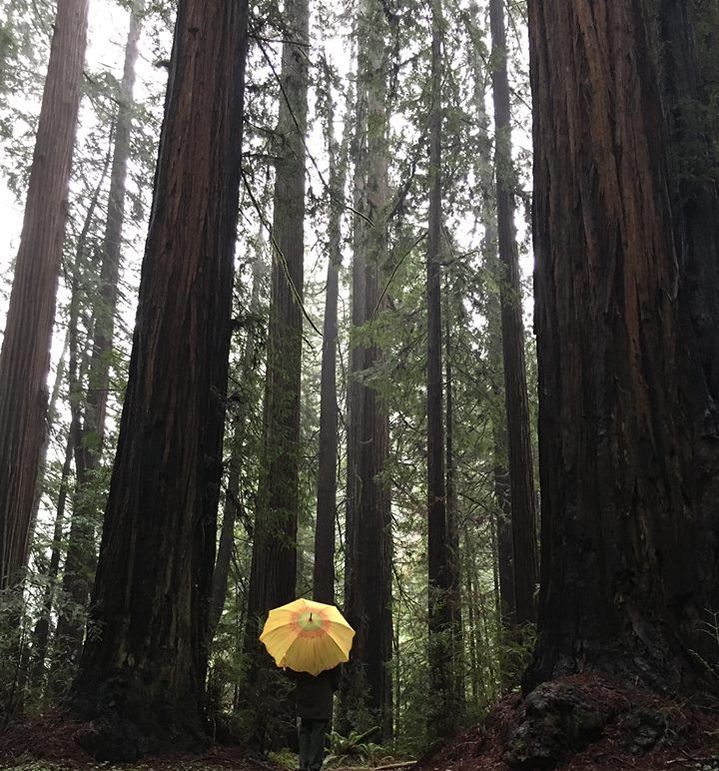
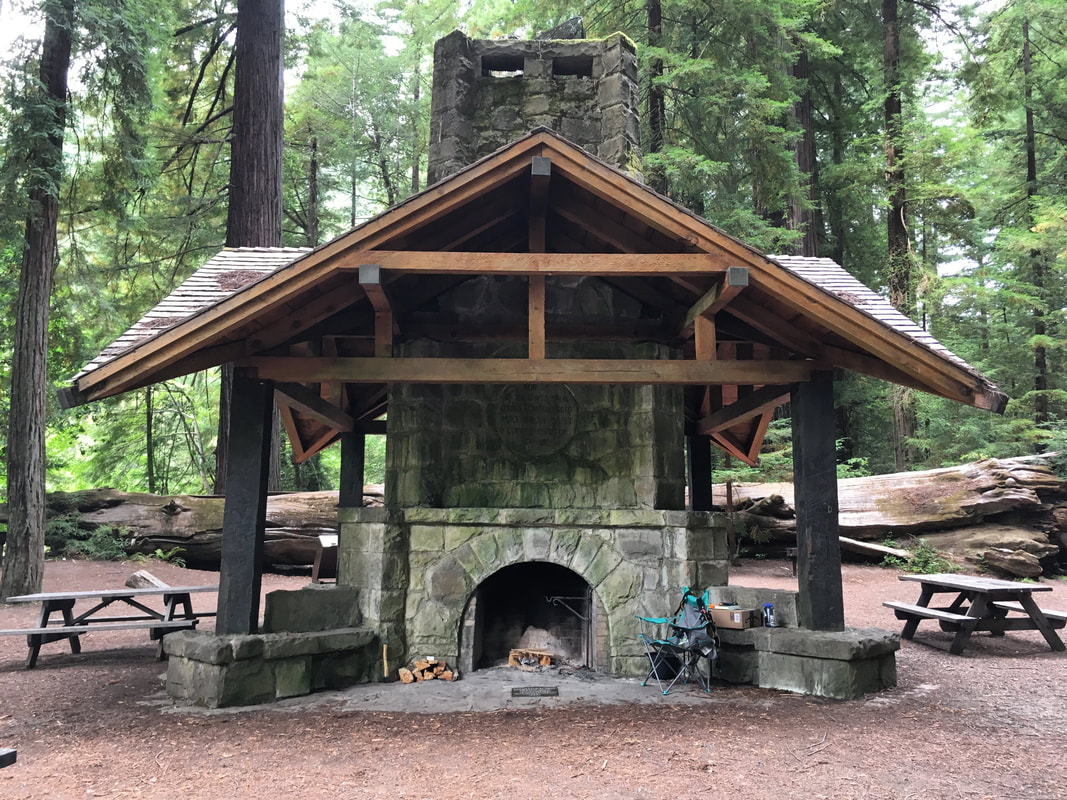
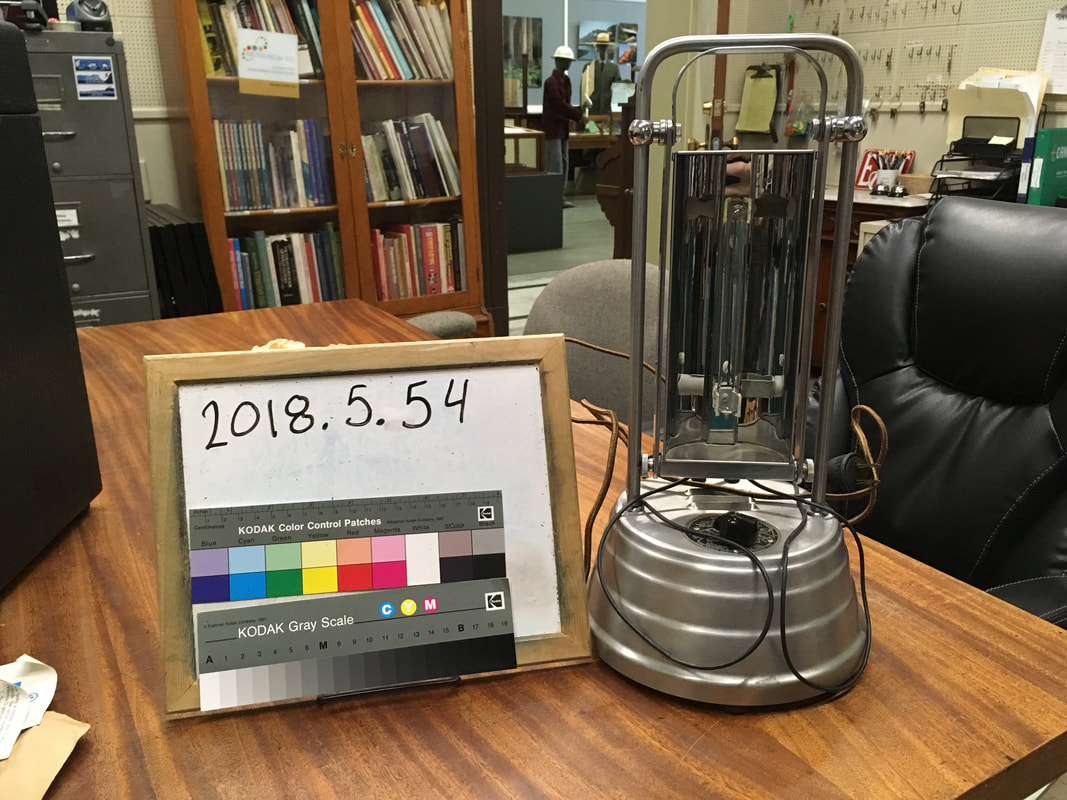
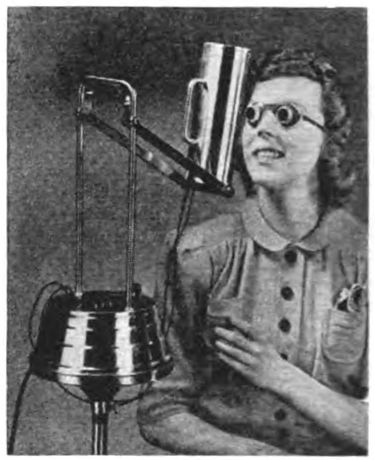
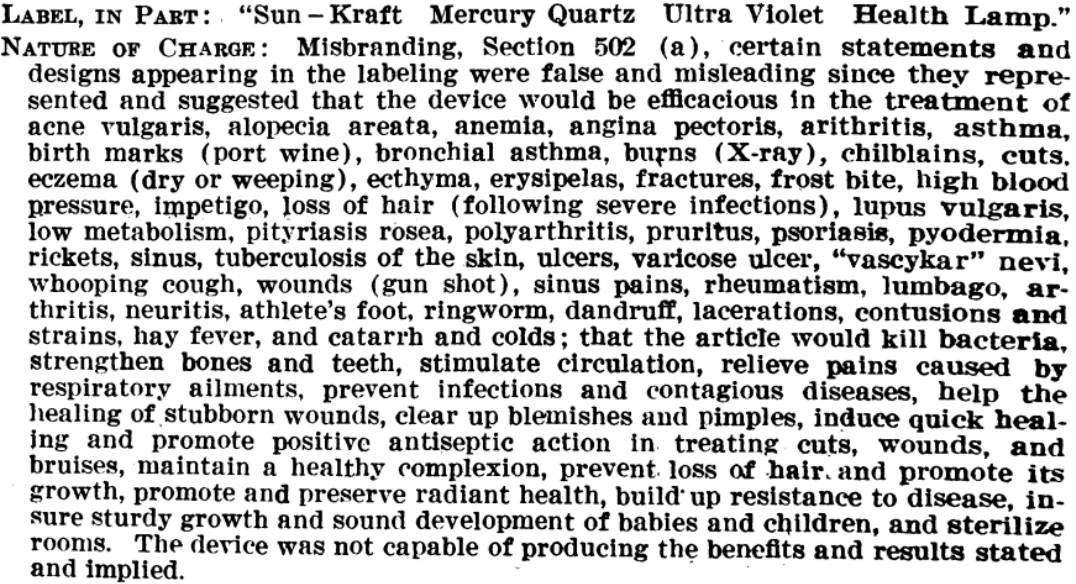
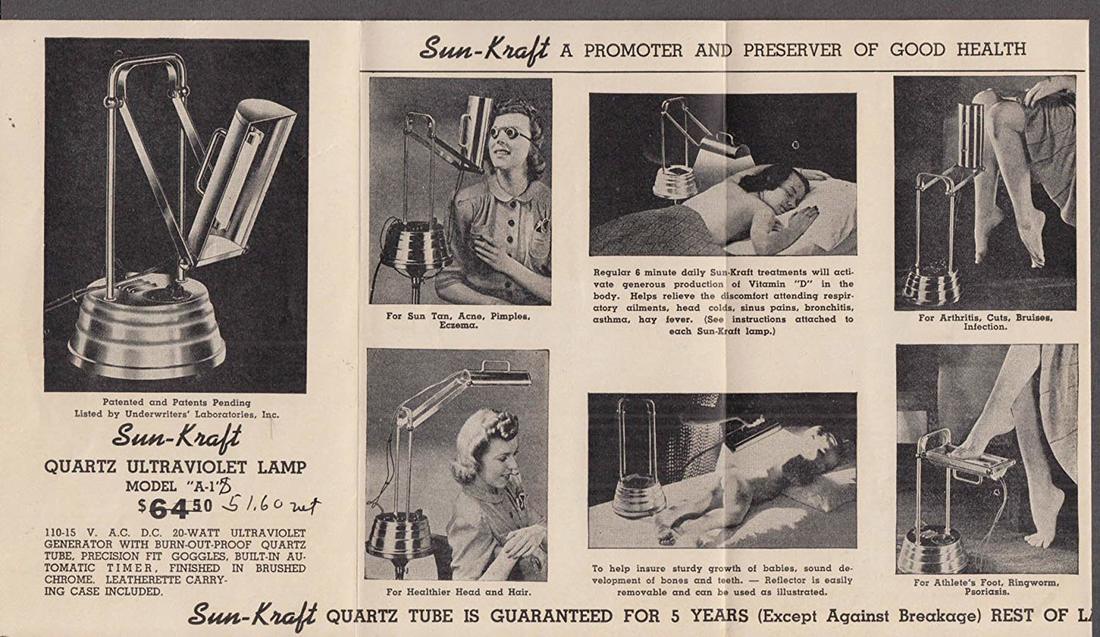
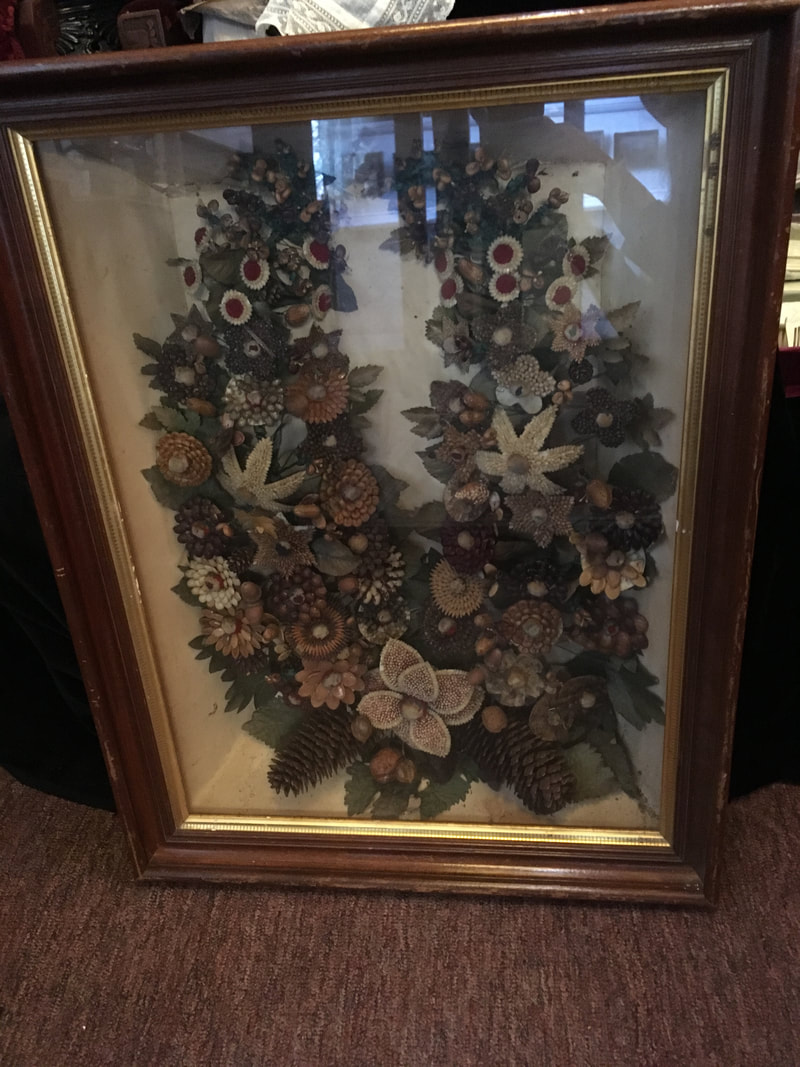
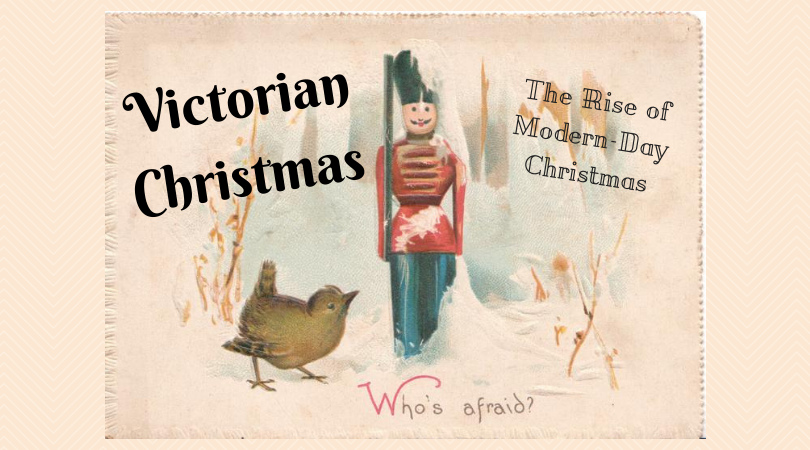
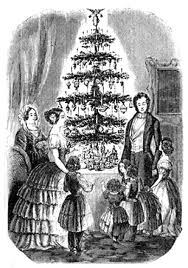
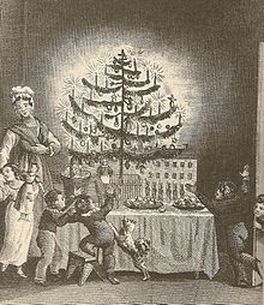
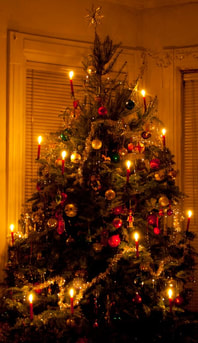
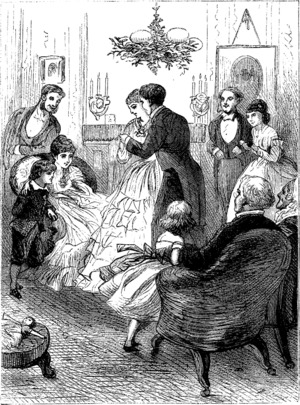
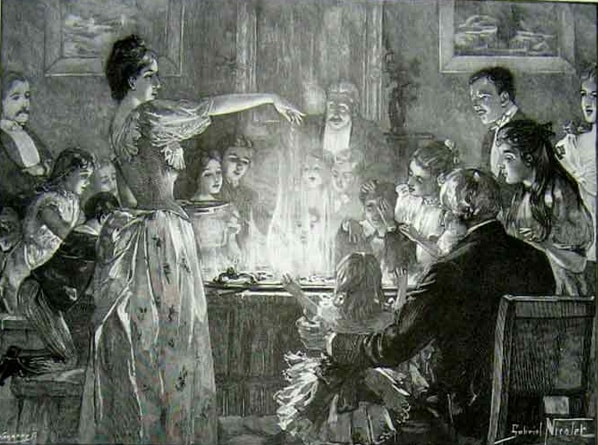
 RSS Feed
RSS Feed